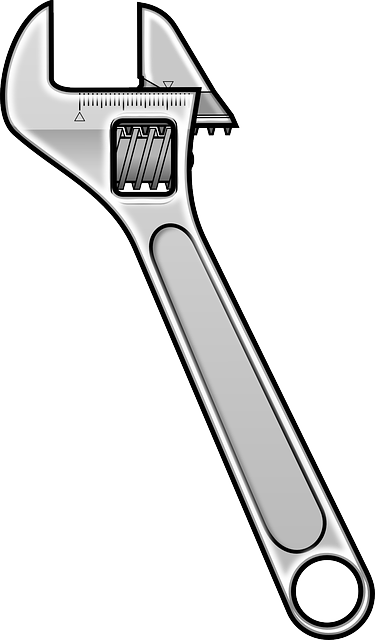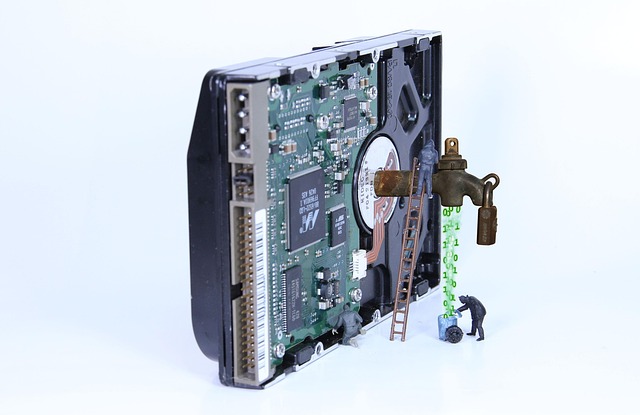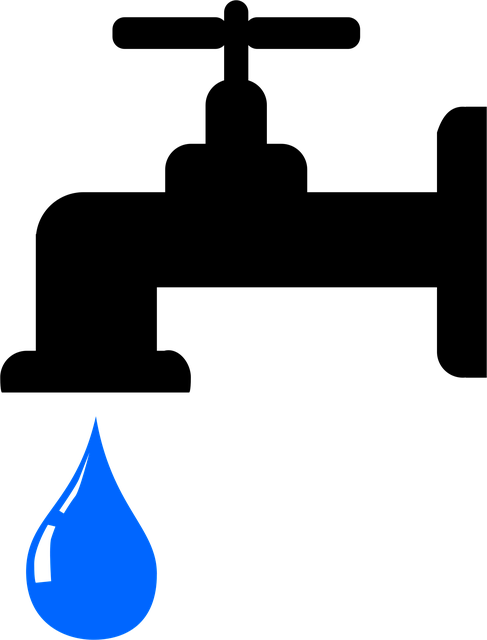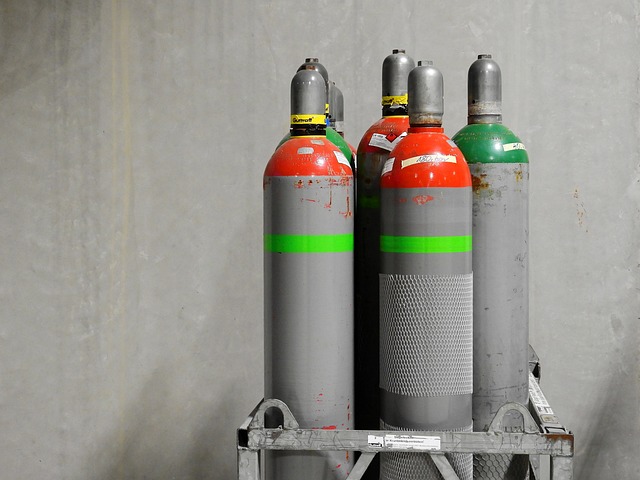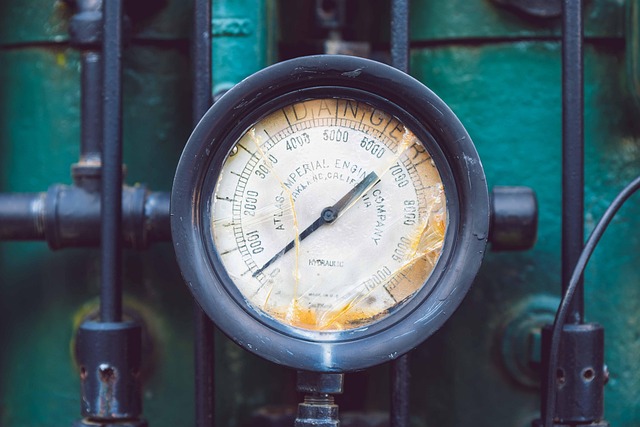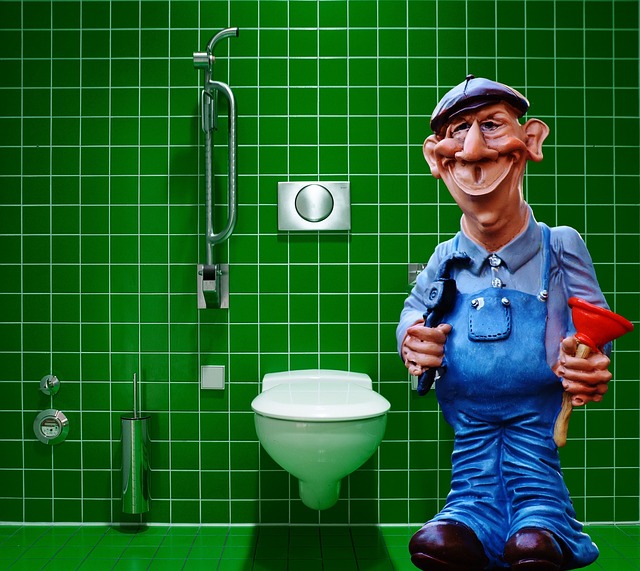Persistent yard leaks can stem from various causes, such as misconfigured irrigation systems, excessive rainfall, or underground pipeline issues. Identifying the root cause requires observing patterns, checking sprinkler heads and drainage systems, and analyzing weather data. Regular maintenance, including professional leak detection, is crucial to prevent damage and maintain yard health by addressing persistent moisture problems effectively.
Are mysterious wet spots plaguing your yard? Don’t worry, you’re not alone. Persistent leaks can arise from a variety of sources, from underground pipelines to weather patterns. Understanding these causes is the first step towards a dry and healthy lawn.
This guide dives into the heart of the matter, offering insights on identifying common causes, investigating potential leak sources, analyzing weather impacts, and implementing effective strategies to detect and resolve those stubborn persistent leaks once and for all.
- Understanding Persistent Wet Spots: Common Causes and Initial Observations
- Identifying Potential Sources of Leaks in Your Yard
- Investigating Underground Pipelines and Sewer Systems
- Analyzing Weather Patterns and Their Impact on Wet Spots
- Effective Strategies for Detecting and Resolving Persistent Leaks
Understanding Persistent Wet Spots: Common Causes and Initial Observations

Persistent wet spots in your yard can be a nuisance and may indicate various underlying issues. Understanding the causes behind these wet areas is crucial for effective problem-solving. Initial observations play a vital role in identifying potential sources, whether it’s visible signs like broken pipes or less apparent factors such as inadequate drainage.
Common causes of persistent leaks include underground water lines that have developed leaks, excessive rainfall, or improper irrigation systems. Over time, these issues can create pools of water, leading to moss growth and other environmental changes. If the wet spots are confined to specific areas, it could suggest localized problems like dense vegetation obstructing drainage or compacted soil hindering water absorption. Making accurate observations and identifying patterns will help in determining the best course of action to address these persistent leaks.
Identifying Potential Sources of Leaks in Your Yard
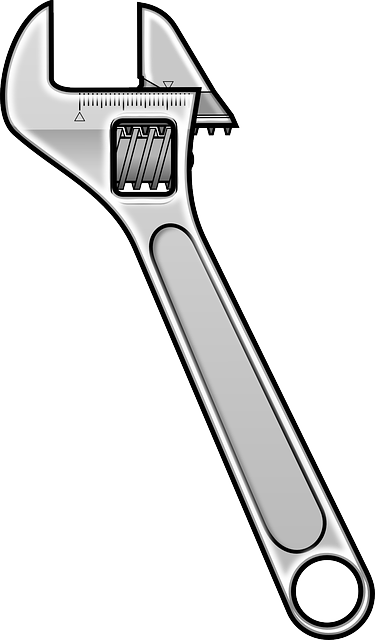
If you’re noticing persistent wet spots in your yard, it’s crucial to identify potential sources of leaks. Start by examining obvious areas like sprinkler heads and irrigation systems. Even a slight misalignment or damaged tubing can cause water to leak unnoticed, creating moist patches over time. Walk around your property, checking for any visible signs of water seepage from these systems.
Next, consider less apparent sources. Old or poorly maintained drainage systems might be allowing excess water to accumulate instead of properly directing it away from your yard. Check for blocked gutters and downspouts that could be retaining rainwater instead of guiding it safely off your property. Additionally, trees and their root systems can disrupt drainage patterns; dense roots close to the surface can trap water, leading to persistent wet spots.
Investigating Underground Pipelines and Sewer Systems

If mysterious wet spots keep appearing in your yard, it could be a sign of hidden problems beneath the surface. One potential culprit is an undiagnosed issue with underground pipelines or sewer systems. These networks of pipes are vital for transporting water and wastewater, but they can also be prone to persistent leaks that go unnoticed until visible evidence, like wet spots, emerges on the surface.
Investigating these hidden components requires professional expertise. Plumbers or utilities companies can employ specialized equipment to trace water flows, detect leaks, and pinpoint their locations. Once identified, repairs can be made, stopping further damage and ensuring your yard stays dry and healthy.
Analyzing Weather Patterns and Their Impact on Wet Spots

The presence of unexplained wet spots in your yard could be tied to weather patterns and climate conditions. Persistent leaks or damp patches might indicate excessive rainfall, especially if they occur consistently after storms or during certain seasons. Analyzing historical weather data for your area can provide insights into whether these wet spots are an anomaly or part of a regular cycle.
Additionally, local topography and soil types play a significant role in water runoff and accumulation. Sloped yards, for instance, might experience more water pooling at the lowest points due to gravity, creating persistent leaks that require attention. Understanding how water naturally flows through your yard can help you identify potential sources of wet spots, whether from heavy downpours or underlying moisture issues that need professional intervention.
Effective Strategies for Detecting and Resolving Persistent Leaks

Persistent leaks in your yard can be a nuisance and may indicate underlying issues that need addressing. To detect and resolve these leaks effectively, start by identifying the source. Check for visible signs like broken pipes, faulty sprinkler heads, or damaged hoses. Even if not immediately apparent, consider hiring a professional to conduct a thorough inspection using advanced leak detection technologies. This is especially important in older yards where pipes may be buried deeper.
Once the source is located, repairs should be prioritized based on severity and potential impact. Small, isolated leaks might be temporary fixes while addressing a major break could require urgent attention to prevent further damage and water waste. Regular maintenance plays a crucial role in preventing persistent leaks. Keep an eye out for any unusual moisture or wet spots and address them promptly. Schedule routine inspections with a plumber or landscaping expert to identify potential issues before they escalate into costly repairs.








